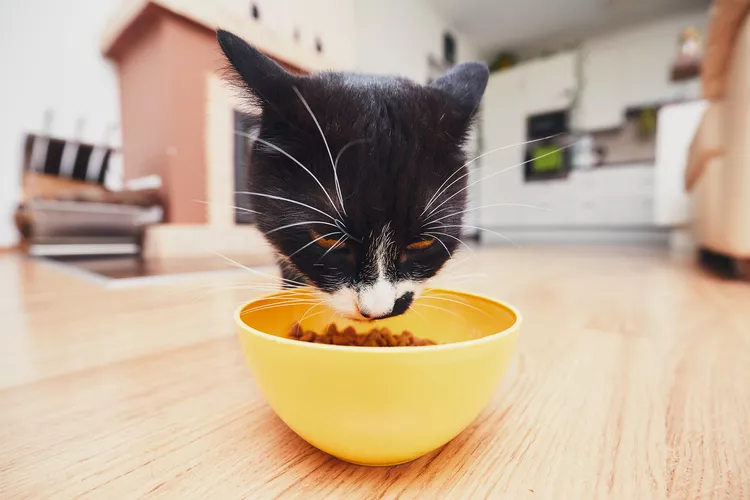
Most cat experts recommend premium brands of cat food that avoid ingredients like meat byproducts and chicken meal. However, feral cats eat a whole rodent or whole bird. Sometimes they leave things like feathers or the head behind, but otherwise, the cat is consuming the whole body of an animal. It seems like the cheaper brands, as long as they don't contain excessive carbohydrate fillers, would be closer to a natural diet than the premium brands. Why isn't this the case?
Meat byproducts can include clean and nutrient-rich organ meats such as lungs, spleen, liver, kidneys, stomach, and intestines that are cleaned of their contents. They are not allowed to contain hide, hooves, horn, or teeth. Meat meal is further cooked (rendered) to kill any bacterial contaminants and then dried.
While it's true that cats in the wild eat the whole bodies of their catch (including the heads in some cases), the term "meat byproducts" has become a dirty word to many cat experts, because of its misuse by some members of the cat food industry. As a result, experts have traditionally counseled readers to avoid all byproducts for this reason.
The founders of the Feline Future website analyzed the ingredients and nutritional properties of foods cats eat in the wild over a period of a decade or more, and the result was their "recipe" for the Feline Future raw food diet for cats—one which has set the standards for raw feeding to this day. Actually, they do use a larger proportion of meat to internal organs. In addition, chicken hearts and livers (which are excellent sources of taurine) are added in limited quantities, because of the dangers of "overdosing" with vitamin A.
In a nutshell, a named byproduct (such as "chicken byproduct meal") may possibly be acceptable, but it should not be listed as the first ingredient in cat food. Unfortunately, there is no way to know the exact proportion, by weight, of any individual ingredient. Although the label may list protein as 30 percent of the product's weight, that protein will include meat, byproducts, eggs, certain grains, and other forms of protein in the can or bag of cat food. As a result, it's better to see the named byproducts relatively far down on the label.
Many cheaper brands of dry cat food contain large amounts of carbohydrate fillers. This is usually in the form of corn, which may be difficult for cats to digest, and some cats have food allergies to corn.
However, many premium brands of dry food also contain large amounts of carbohydrate fillers. In the manufacturing process of extrusion (which is a heat-based process), it is necessary to have these dry ingredients in order to shape the dry food nuggets effectively. Some brands of dry food do not use grain fillers, although some of these foods are not carbohydrate-free.
The most important part of the label on any pet food is the nutritional adequacy statement. Look for the statement that it is "complete and balanced," which means that it has all of the nutrients your cat needs and they are present in the correct ratios. If you see "complete and balanced," the product will not have an excess of carbohydrates.
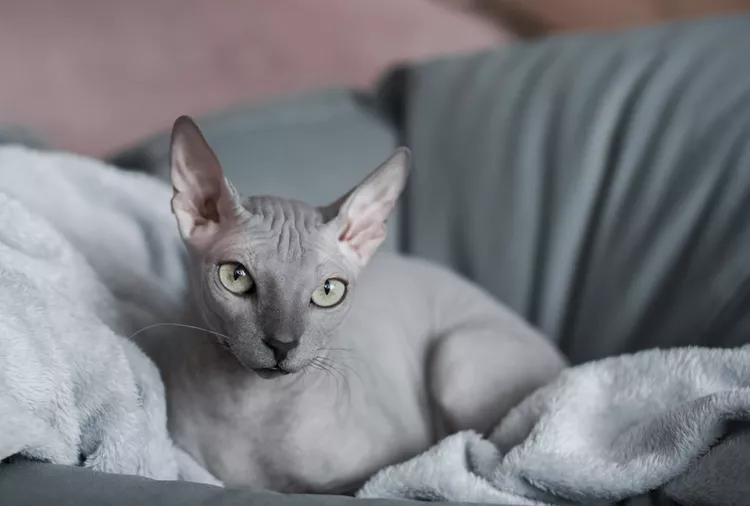
212 Hairless Cat Names For Your Beautifully Bald Feline
Discover the perfect name for your hairless cat with our list of over 200 creative and unique names. From quirky to classic, find a fitting choice for your beautifully bald feline companion.
8 Things Your Cat Loves
Just like humans, cats can have a long list of things they like. Find out what cats love so you can keep your cat happy and healthy.
How to Tell If a Kitten is a Boy or a Girl
If you're wondering whether your new kitten is a boy or a girl, here are three ways to help determine the sex of your cat.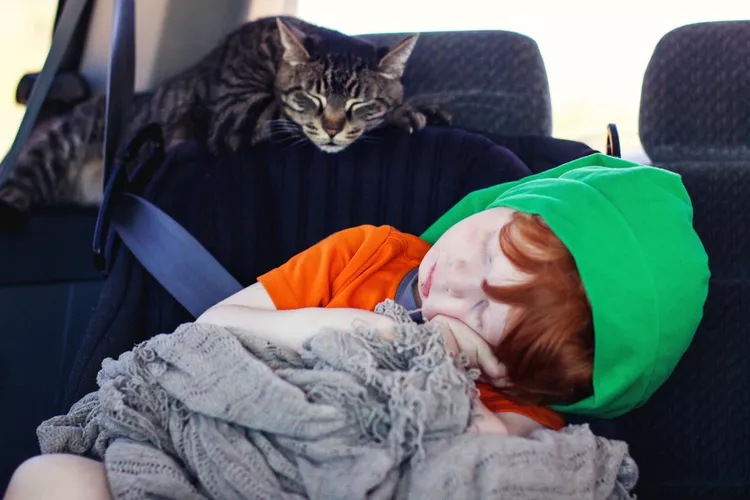
8 Tips to Help Cats Enjoy Car Travel
Cats are creatures of habit, and they hate to travel. Learn tips to prepare them for travel in the car, whether going to the vet or on vacation.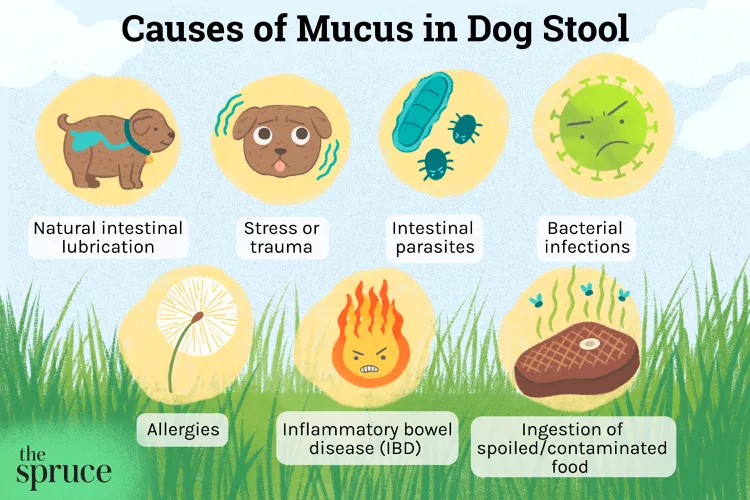
Common Causes of Mucus in Dog Poop
Seeing mucus in your dog's poop can be concerning to a dog owner. Here are common causes and treatment of mucus in a dog's stool.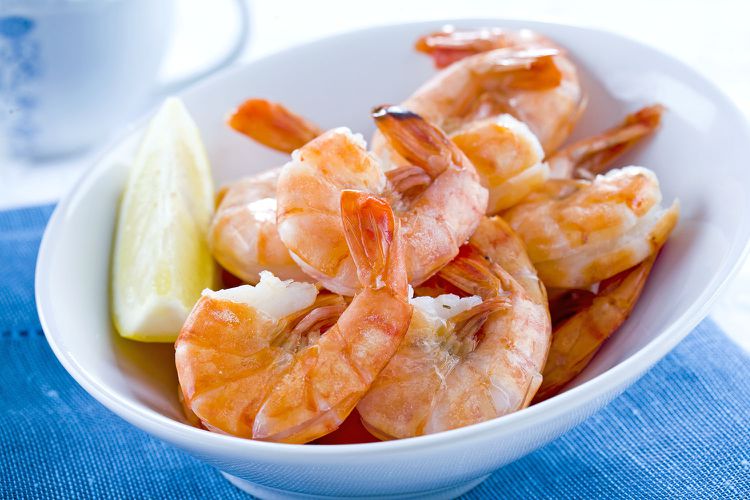
Is Shrimp Bad For Dogs?
Shrimp can be a healthy, nutritional food for people but can dogs eat them, too? What are the main concerns with feeding shrimp to your dog?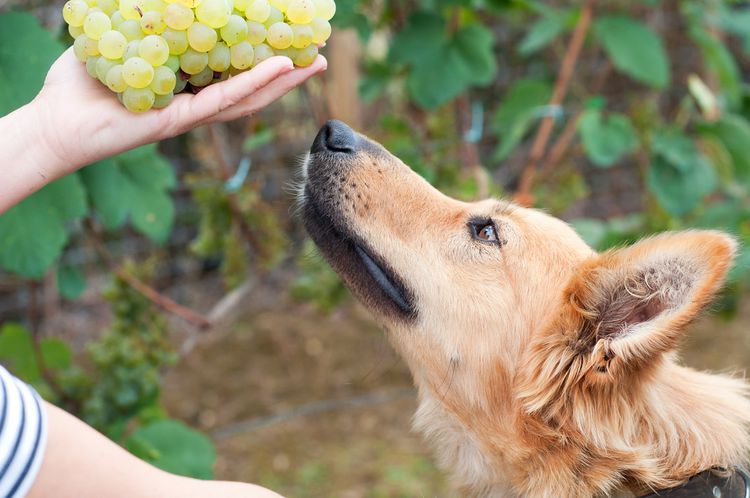
Can Dogs Eat Grapes?
Are grapes safe for dogs? Grapes and raisins can cause serious toxicity in dogs. Find out what to do if your dog eats grapes.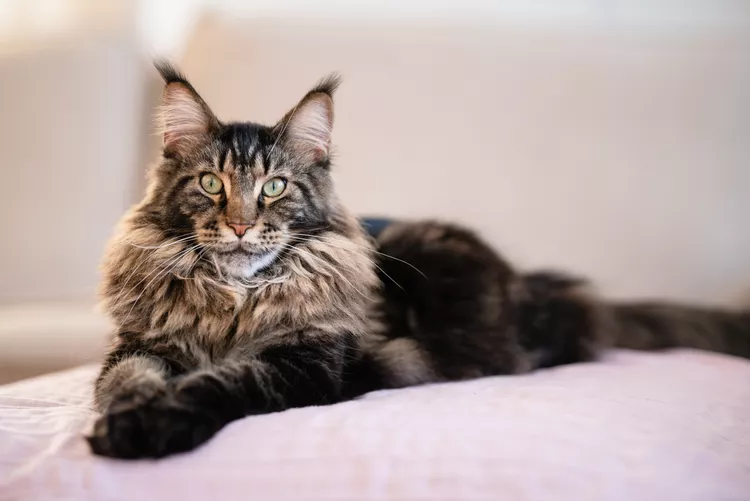
Maine Coon Cat: Breed Profile, Characteristics & Care
The Maine Coon cat is of the largest cat breeds in the world. These amiable, gentle cats make great companions. Learn about the Maine Coon cat breed's appearance, temperament, health, and care needs.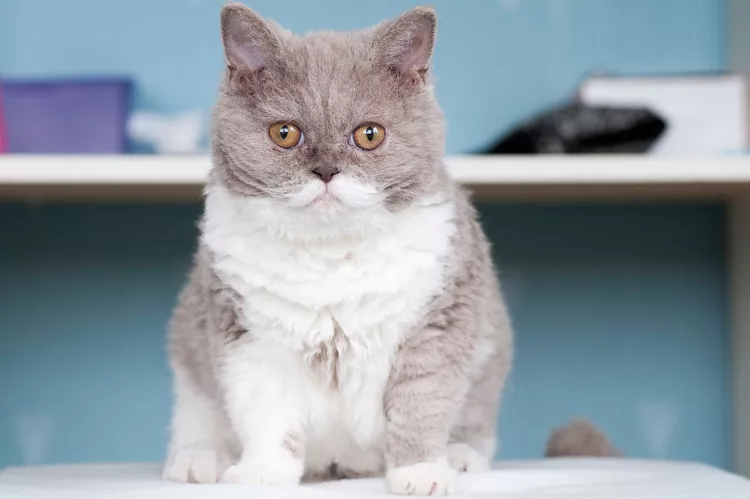
Selkirk Rex: Cat Breed Profile, Characteristics & Care
The Selkirk Rex is a charming cat with a tousled coat and a loving, laid-back personality. Learn about the Selkirk Rex breed.
How to Stop Your Cat From Chewing Electrical Cords
Cats are known to pounce and attack inanimate objects, like electrical cords. Learn how to prevent your cat from ambushing objects that may harm it.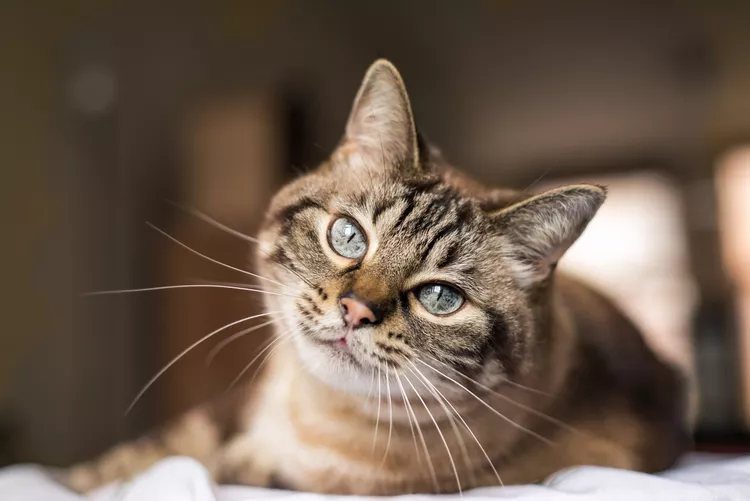
What Do Cats Think About?
Have you ever wondered what cats think about? A number of studies have explored cat behavior and feline cognition, but there's still more to learn.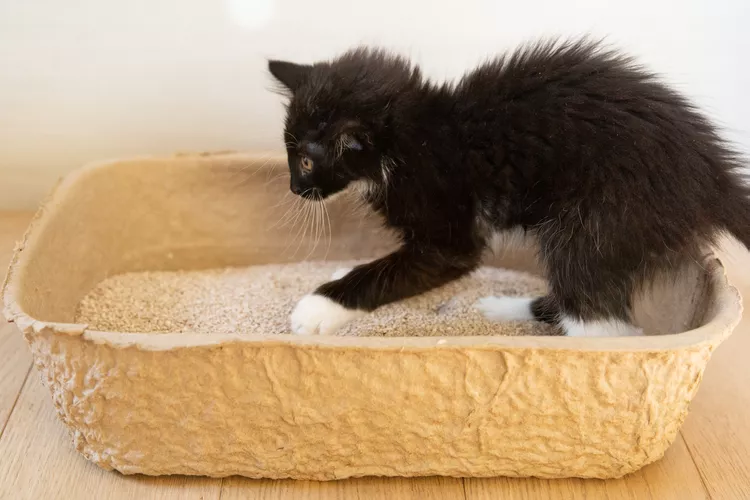
Training Your Kitten to Use the Litter Box
Bringing home a new kitten means they need to learn how to properly use a litter box. Discover how to successfully litter box train your kitten.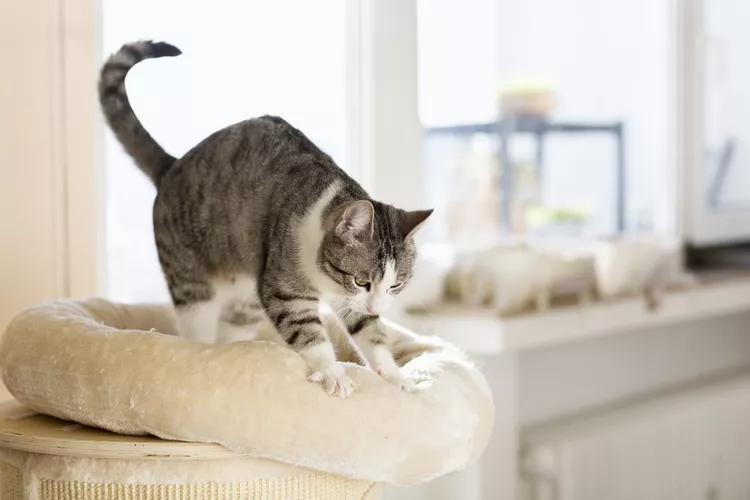
Why Do Cats Knead?
Kneading is a common behavior in cats of all ages. Learn why cats "make biscuits" and what it means for you, your cat, and all your blankets.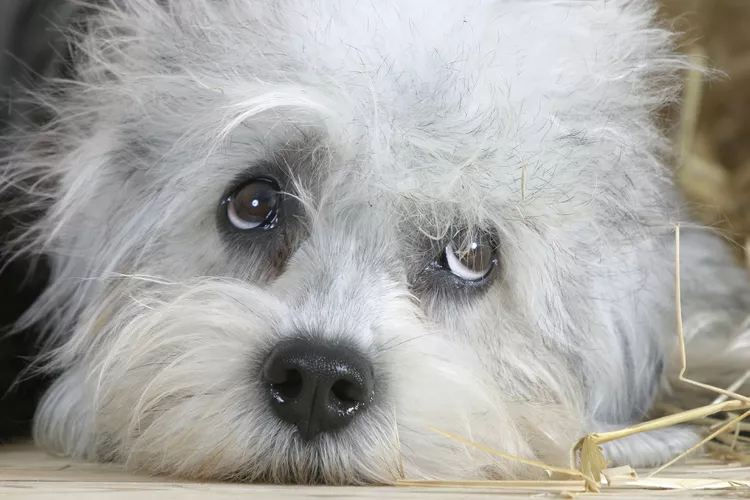
Dandie Dinmont Terrier: Dog Breed Characteristics & Care
Learn about the Dandie Dinmont Terrier, a silky dog breed with a signature puff of hair atop its head and a friendly, companionable personality.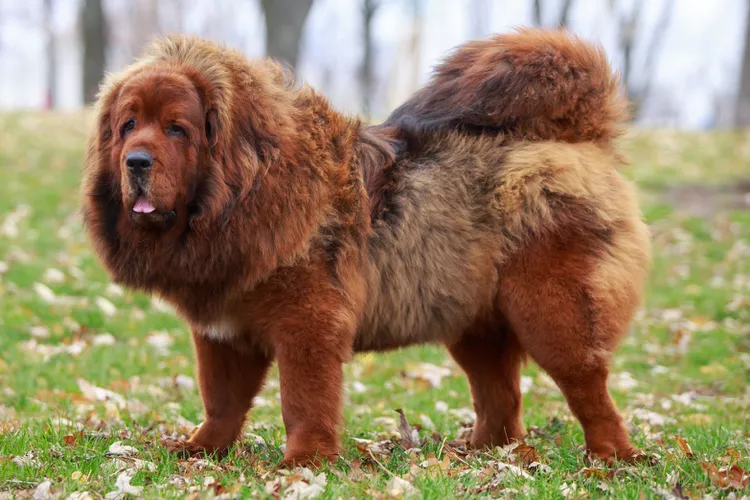
Tibetan Mastiff: Dog Breed Characteristics & Care
Learn about the Tibetan mastiff, an ancient guardian dog breed. This breed is known for their massive stature, flowing mane, and protective personality.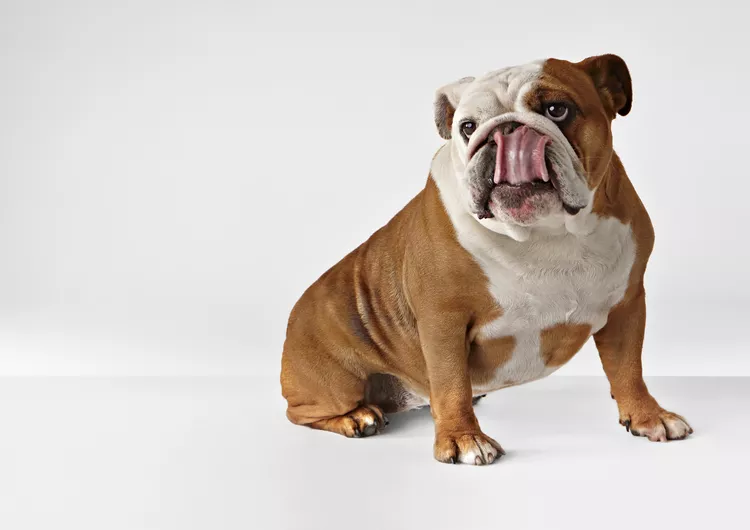
4 Reasons Why Your Dog Licks Their Butt
Butt-licking in dogs can be a part of normal grooming, but excessive butt-licking is not normal. Read about the most common reasons for this behavior.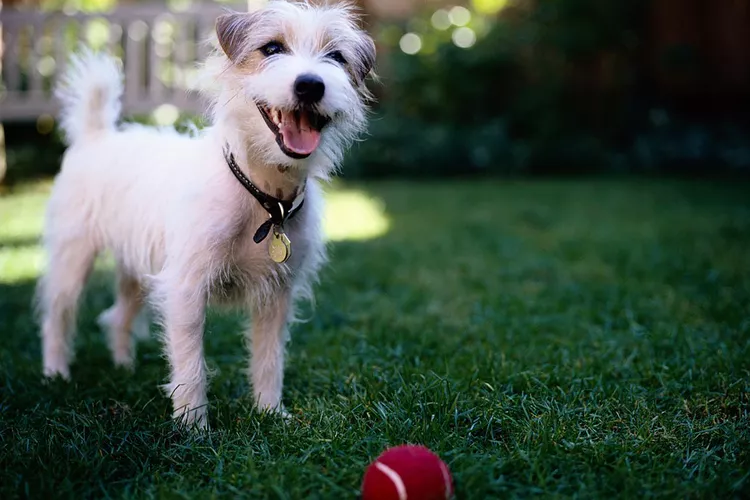
How to Teach Your Dog the "Leave It" Command
Training your dog the "leave it" command is a great way to instill self-control. Learn how to teach your dog to not pick things up from the ground.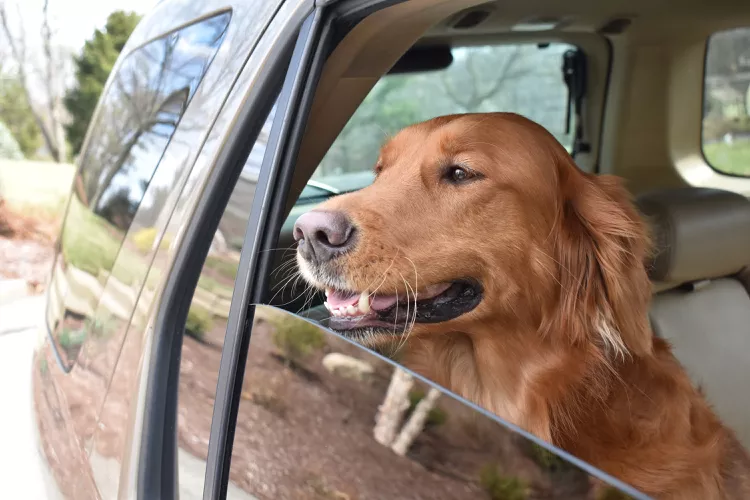
How to Solve Your Dog's Fear of Car Rides
Is your dog scared of car rides? This fear of riding in cars is common. Learn why your dog is scared of car rides and how to help conquer this fear.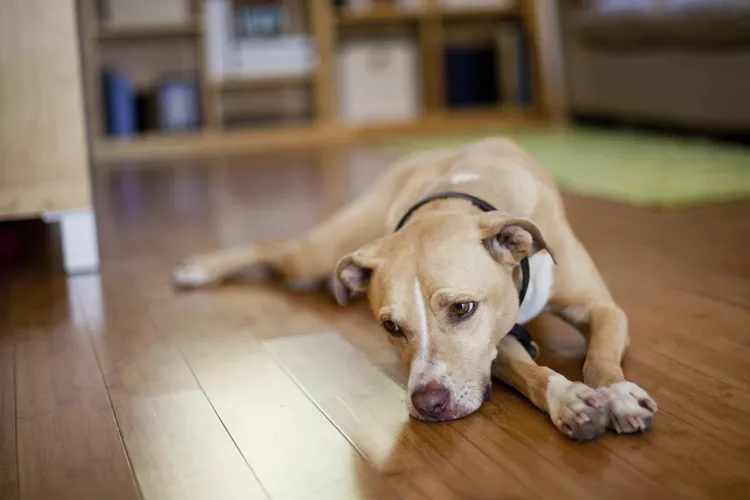
Can Dogs Get Depression? How to Help Your Sad Dog
Can dogs get depression? Learn about the signs of depression in dogs and find out how to help your sad dog.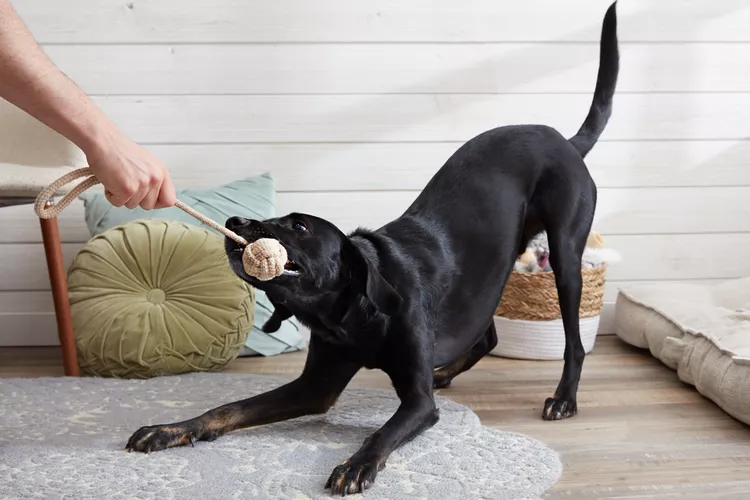
How to Play Tug of War With Your Dog
Many dogs love to play tug of war, and it's a healthy game that provides great exercise. Learn the best way to safely play tug of war with your dog.